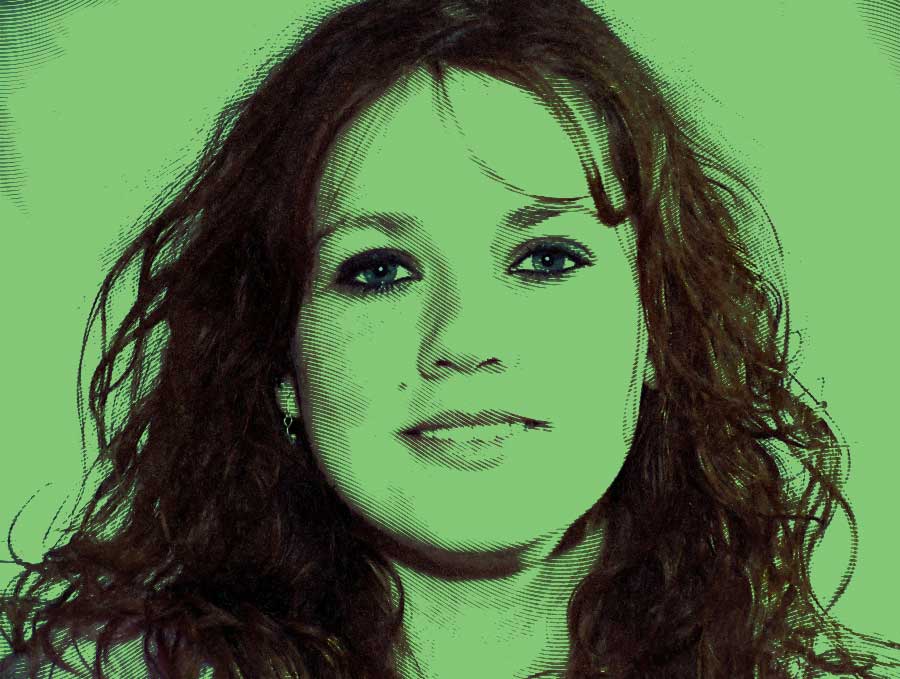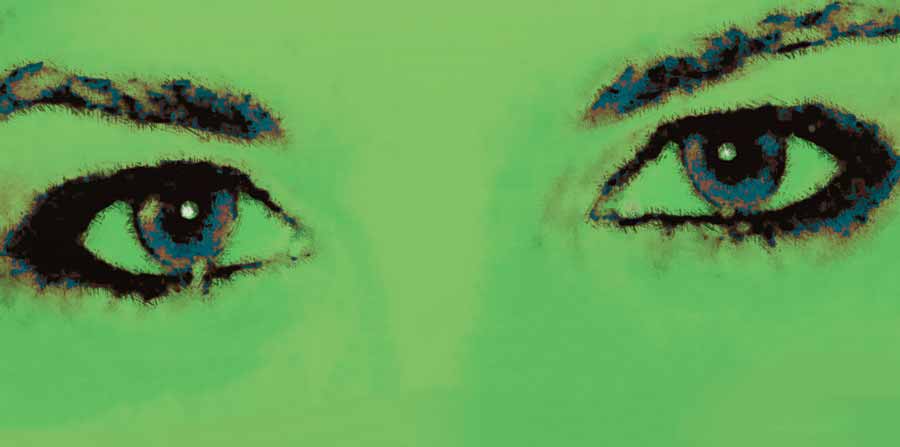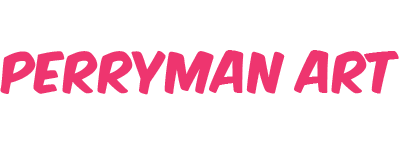Boost your creativity
Idea generation
How often have you heard students say, "I can't think of anything to do" or "everything I do sucks"? Coming up with an idea that is fresh and exciting can be daunting, even for professionals. Here are some techniques that can help:
Work methodically
Okay, I recognize that there is a bit of a contradiction here—generating useful ideas usually requires a lot of experimentation, which isn't a very structured activity. This is true; however, without some level of control the process becomes time-consuming and chaotic—deadlines are missed and quality suffers. Dividing a workflow into several phases, each with a specific goal, let's you be creative and efficient at the same time.
My typical workflow
Clearly define what you hope to accomplish. Most class assignments and commercial work have specific problems that need solving. Be sure you understand the problem before starting anything else. You need to know where you're going if you're ever going to get there.
Generate lots of different ideas. Don't settle for the first thing that comes to mind—look for the unexpected. At this stage the ideas should be wildly different, not just variations on a single theme (a common student problem). Choose three or four of your best ideas and refine them. As you work, compare your ideas to the goal you set in step one. Abandon anything that strays from it.Turn your idea into a finished product. If you're creating an image, let your idea inform your design decisions—every visual element should strengthen your concept.
Be sure you understand the problem before you start working on the solution. I often see students working really hard on a project, creating something wonderful, only to find it's not the right solution to the assignment. Excellent work from a technical and aesthetic standpoint, but a failure nonetheless.
Play word games
Most classic ideation techniques, like brainstorming, rely on manipulating words or building lists. I have effectively use the following approaches in my work:
Stream of consciousness (brain dump)
- List ideas as fast as possible
- Don't think, just write
- Wait until your list is completely done before rejecting anything
Word Association (Can be done individually or in a group)
- Start with a random word or create a list of concrete nouns or adjectives relating to your project.
- Go through the list one word at a time letting each word suggest a new word
- Stop when you find a new word that triggers a great idea.
Borrow from writers
- Communicate your concept through a metaphor, symbol, or analogy.
- Make your message stronger by juxtaposition with a contrasting thought. I can vividly remember a Charles Addams cartoon I saw as a child—everyone in a movie theater was crying hysterically except for Uncle Fester who was laughing like mad.
- Tell a story to illustrate your idea. Storytelling can be a subtle, organic way to inform or influence your audience.
Be a sponge
Ideas don't come from living in a vacuum. We need to experience life in order to build a collection of material for future use. In particular, it's important to immerse ourselves in other people's work, both good and bad. Good work reveals qualities we can incorporate into our own work; bad work encourages us to consider better ways of doing things.
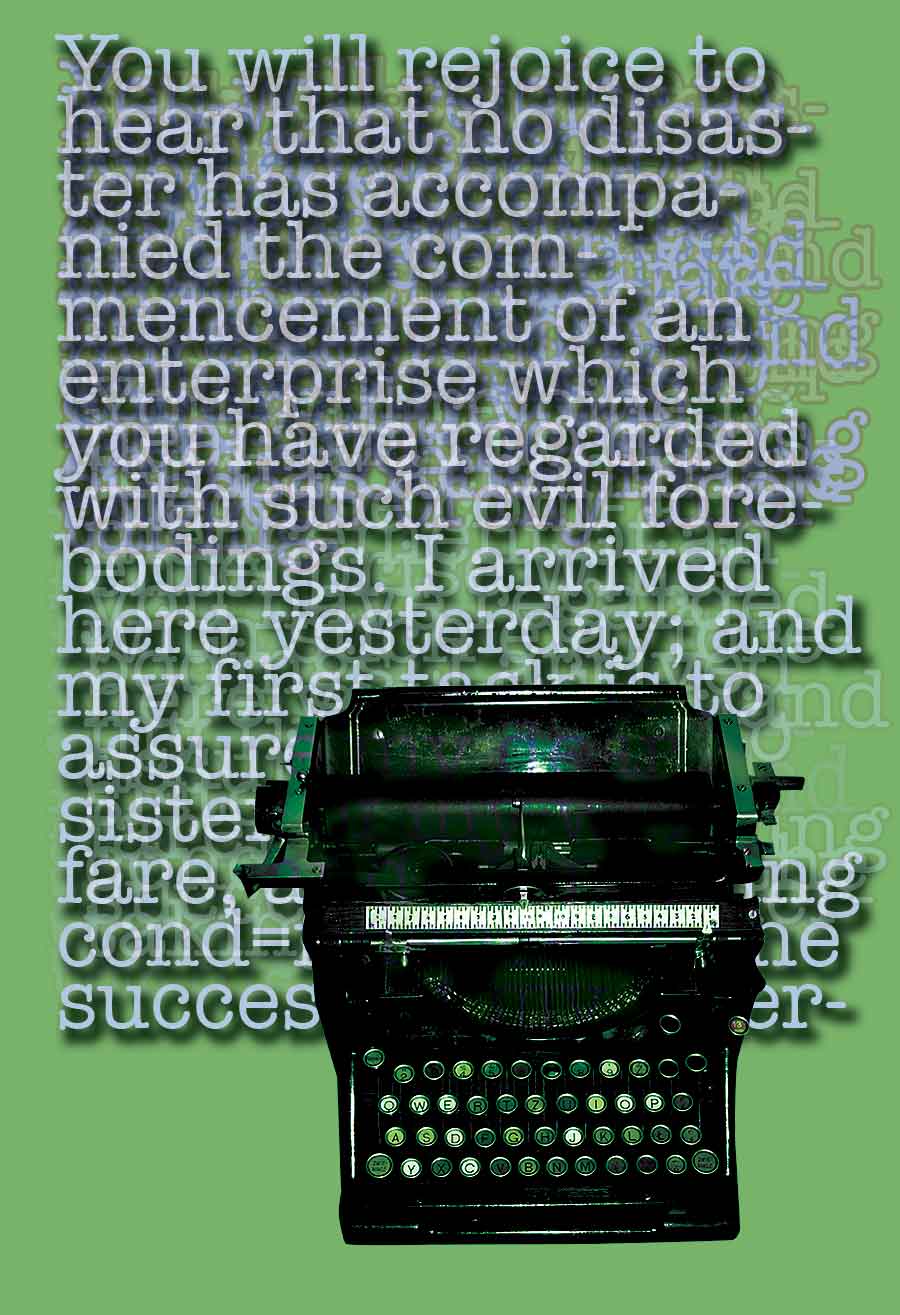
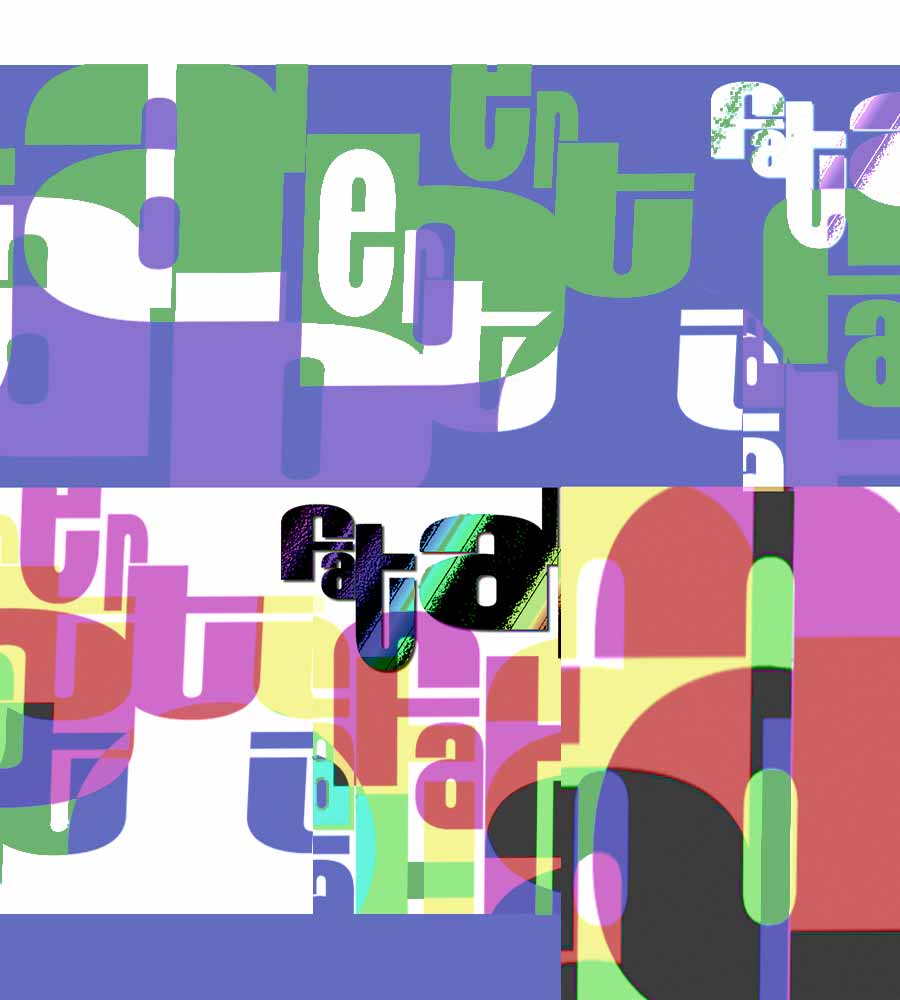
Play image games
Most of the time, when I am searching for ideas, I use words to inspire me. Over the years I have found this works best for me and prevents my work from looking too much like someone else's. But if you are like most artists, you will probably prefer a more visual approach like one of the ones below.
Doodling
- Scribble without a lot of thought (fill several pages)
- Work fast, draw one small shape then move on to the next
- See what the shapes suggest
Image association
- Method 1: randomly combine several pictures and see how you can connect them into a single idea.
- Method 2: start with a single image and let it suggest the next one to use. Stop when the group of images triggers a good idea.
- Method 3: start with a single image, then find a contrasting one. Force a connection—combine unrelated characters—between them to create a new idea.
Cloud watching
- Let abstract shapes inspire concrete ideas
- Clouds, inkblots, crumpled paper, abstract paintings, and close-up photographs make good starting images.
- Stare at the image until something comes to mind.
Explore your subconscious
Clear your mind, close your eyes, and visualize. Often times our best concepts seem to come out of nowhere. Meditation lets us tap into our subconscious to find possibilities that may otherwise escape our notice.
Dreams, if you are lucky enough to remember them, are another good source of unexpected ideas. Ideas inspired by dreams are often intense and offbeat—characteristics that are sure to command attention. Just be sure to jot down the high points of your dream immediately after waking to prevent you from forgetting them later.
How to refine initial ideas
- Determine the most important part of your concept and exaggerated as much as possible (to excess if necessary). Down play everything else.
- Romanticize your idea—turn it into a metaphor or parable.
- Merge several simple ideas into a single complex idea. Simplicity is desirable, but if it's too simple, it's a problem.
- Divide a complex idea into simpler parts—then restate it ignoring some of the parts or reassembling them in a different order.
- Consider doing the exact opposite.
- Consider how your concept would change if it was moved to the distant past or far future.
- Consider the effect of changing the location, season, or time of day.
- Restate the problem from a different perspective.


